Offshore Regulations Every Angler Should Know by U.S. Region
Navigating the complex world of offshore fishing regulations can be as challenging as landing that trophy catch. For recreational anglers, understanding these rules isn’t just about avoiding fines—it’s about conservation, sustainability, and ensuring future generations can enjoy the same rich fishing experiences we do today. Each U.S. coastal region has its own set of regulations governed by different management bodies, reflecting the unique ecosystems and species found in those waters. From permit requirements and seasonal restrictions to size limits and catch quotas, these regulations vary significantly across the Atlantic, Pacific, Gulf Coast, and beyond. This comprehensive guide breaks down what every offshore angler needs to know before heading out to sea, ensuring your fishing adventure remains both legal and environmentally responsible.
Understanding Federal vs. State Jurisdictions

When fishing offshore, one of the most fundamental concepts to grasp is the distinction between federal and state waters. Generally, state waters extend from the shoreline to 3 nautical miles out, with Florida’s Gulf Coast and Texas being exceptions at 9 nautical miles. Beyond these boundaries lies federal jurisdiction, where regulations are primarily enforced by NOAA Fisheries and the U.S. Coast Guard. This dual management system means anglers must often comply with two different sets of rules on a single fishing trip as they cross jurisdictional boundaries. Adding to the complexity, certain highly migratory species like tuna, billfish, and sharks are managed under federal regulations regardless of where they’re caught. Always carry documentation for both state and federal fishing permits when heading offshore, as enforcement officers from either jurisdiction may request to see them.
Required Permits and Licenses for Offshore Fishing
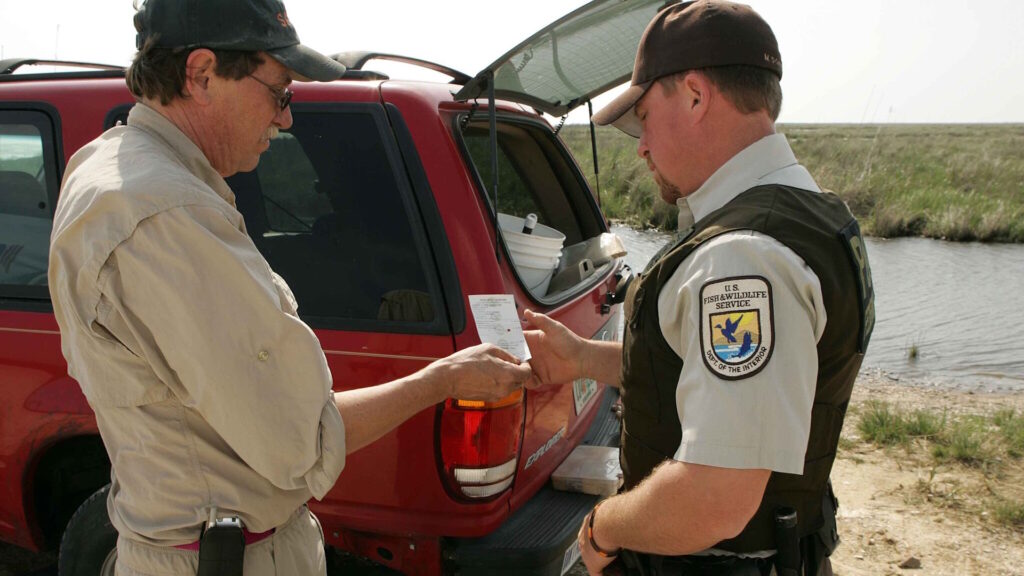
Securing the proper permits and licenses is essential before embarking on any offshore fishing expedition. At minimum, most regions require a basic saltwater fishing license, which can typically be purchased online, by phone, or through licensed vendors like bait shops. For many offshore species, particularly highly migratory ones, additional federal permits are necessary—these include the Highly Migratory Species (HMS) permit required for targeting Atlantic tuna, sharks, swordfish, and billfish. Some regions also require vessel permits if you’re fishing from your own boat, and charter operators need commercial permits with different requirements than recreational anglers. Many states offer lifetime licenses for residents, which can prove economical for dedicated anglers, while short-term options exist for visitors or occasional fishers. Remember that proceeds from these licenses typically fund conservation efforts and fisheries management, making them an investment in the future of fishing.
Atlantic Coast Regulations (Maine to Florida)

The Atlantic Coast represents one of America’s most diverse fishing regions, with regulations managed primarily by the Atlantic States Marine Fisheries Commission in coordination with individual states. Striped bass regulations are particularly strict along the Northeast corridor, with specific slot sizes that vary by state and season—Massachusetts, for example, imposes different rules than neighboring Rhode Island. Summer flounder (fluke) regulations change annually based on stock assessments, with New Jersey, New York, and Connecticut often having differing size and bag limits despite targeting the same fish populations. Offshore anglers pursuing tuna in the Mid-Atlantic must adhere to strict reporting requirements, including the 24-hour notification rule for landing bluefin tuna. The Southeast Atlantic region introduces additional complexity with snapper-grouper regulations that include seasonal closures to protect spawning aggregations, particularly for species like red snapper, which has faced severe restrictions in recent years to rebuild depleted stocks.
Gulf of Mexico Special Considerations

The Gulf of Mexico presents unique regulatory challenges due to its rich biodiversity and the ongoing recovery from environmental disasters like the Deepwater Horizon oil spill. Red snapper management in the Gulf has been particularly contentious, with extremely short federal seasons in recent years—sometimes just a few days long—though some states have gained management authority for their private recreational anglers through exempted fishing permits. Amberjack regulations include seasonal closures typically during spring spawning months, with different rules applying to greater versus lesser amberjack species. Reef fish in the Gulf require anglers to carry and use specific gear, including circle hooks, dehooking devices, and venting tools to increase survival rates of released fish suffering from barotrauma. Additionally, Gulf anglers should be aware of marine protected areas where fishing is prohibited entirely, such as the Flower Garden Banks National Marine Sanctuary off the Texas-Louisiana coast, which serves as a critical habitat for numerous reef species.
Pacific Coast Framework (Washington to California)

The Pacific Coast operates under a distinct regulatory framework governed by the Pacific Fishery Management Council, with significant variations between the three main states. Washington’s salmon regulations are particularly complex, changing annually based on run forecasts and often including mid-season adjustments as actual returns are assessed. Oregon implements unique groundfish management with varying depth restrictions throughout the year to protect certain rockfish species while allowing access to abundant stocks. California’s comprehensive network of Marine Protected Areas (MPAs) creates a patchwork of fishing regulations, with some areas completely closed to fishing while others allow limited take of certain species. Pacific halibut, highly prized by offshore anglers, operates under an international treaty with Canada through the International Pacific Halibut Commission, with specific season dates and quotas announced each spring based on stock assessments and divided between recreational and commercial sectors.
Hawaii and Pacific Islands Distinct Rules

Hawaii and the Pacific Islands operate under distinctly different regulatory systems than mainland U.S. waters, reflecting their unique island ecosystems. Bottom fishing around the Hawaiian archipelago focuses on the “Deep 7” bottomfish complex—species like opakapaka and onaga—with annual catch limits that can trigger season closures when reached. Traditional fishing practices receive special consideration in Hawaiian regulations, with some methods permitted that might be restricted elsewhere, acknowledging the cultural significance of fishing to Native Hawaiians. The vast Pacific Monument areas established around remote U.S. territories like Wake Island and Palmyra Atoll have extensive fishing restrictions, with some allowing only catch-and-release activity or prohibiting fishing entirely. Pelagic species regulations in Hawaii differ significantly from Atlantic rules, particularly for billfish—while catch-and-release is mandatory for many Atlantic billfish, Hawaii allows recreational retention of Pacific blue marlin, though commercial sale faces restrictions.
Essential Gear and Compliance Requirements

Beyond licenses and permits, offshore anglers must comply with various gear restrictions designed to protect marine species. Circle hooks are increasingly mandated when targeting certain species, particularly billfish and other pelagics, as they significantly reduce gut-hooking and mortality in released fish. Dehooking devices and dipnets are required equipment in many jurisdictions to facilitate safe release of non-target species or undersized fish. Specific regulations often apply to leader material and hook types—for instance, many shark fisheries prohibit stainless steel hooks to ensure they’ll eventually dissolve if the line breaks. Vessel compliance extends to safety equipment as well, with offshore requirements typically including flares, life jackets, fire extinguishers, and sound-producing devices. Many regions also mandate specific measurement tools, such as pinch gauges for accurate length measurements or scales certified for weight verification, particularly for species with slot limits or weight minimums.
Seasonal Closures and Protected Species

Seasonal closures represent one of the most important regulatory tools for protecting spawning aggregations and ensuring sustainable fisheries. The South Atlantic black sea bass closure typically runs during late winter and early spring months, protecting crucial spawning periods for this popular offshore bottom fish. Gulf of Mexico gag grouper face similar spawning closures, with exact dates varying by region within the Gulf to account for different spawning periods based on water temperature variations. Protected species regulations extend beyond just closures—many regions have implemented total harvest bans on vulnerable species like goliath grouper, Nassau grouper, and certain shark species, regardless of season. Anglers must also be aware of regulations protecting non-fish species they might encounter, such as marine mammals, sea turtles, and seabirds, which typically prohibit targeting, harassing, or closely approaching these animals. When fishing in areas known to harbor protected species, additional gear restrictions may apply, such as turtle excluder devices or special hook types designed to minimize accidental catches.
Size and Bag Limits Across Regions
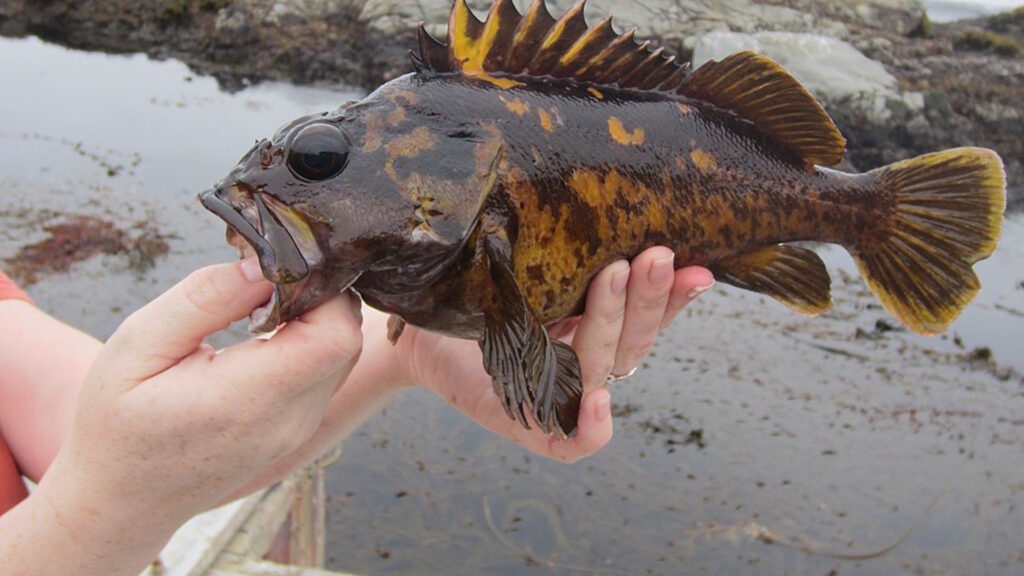
Size and bag limits represent the cornerstone of fisheries management, varying dramatically not just between regions but often between neighboring states targeting the same fish populations. Florida’s reef fish regulations exemplify this complexity, with different rules applying to Atlantic versus Gulf waters for species like grouper and snapper, despite the same species being present in both areas. California’s rockfish complex includes over 50 different species with varying regulations—some with specific individual limits while others are managed as aggregate groups with combined bag limits. Minimum size requirements typically aim to allow fish to reproduce at least once before harvest, though some fisheries employ slot limits that protect both juvenile fish and the larger breeding females that produce exponentially more eggs. Bag limits are designed to distribute harvest opportunity equitably among anglers while preventing excessive take, with many regions implementing reduced limits for vulnerable species like cobia, which has seen increasingly strict regulations in recent years due to population concerns.
Special Regulations for Highly Migratory Species
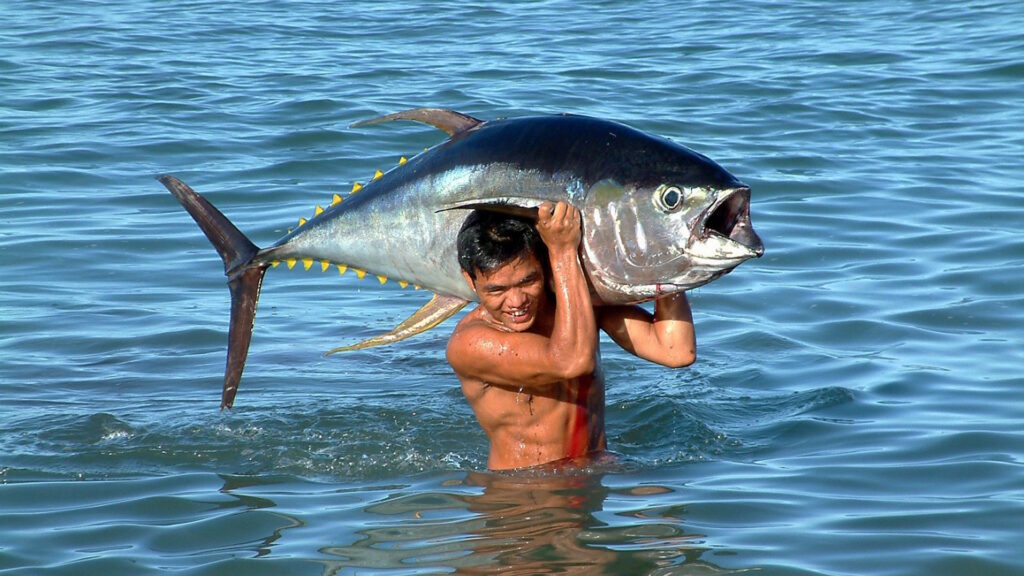
Highly Migratory Species (HMS) like tuna, billfish, and sharks present unique management challenges due to their vast ocean territories that cross international boundaries. Atlantic bluefin tuna have among the most stringent regulations of any offshore species, with size categories determining bag limits—school, large school, and medium categories each have specific measurement ranges with different retention rules. Recreational billfish regulations typically require specialized permits, with mandatory reporting of all catches within 24 hours through online systems or mobile apps developed by NOAA Fisheries. Shark fishing faces increasingly tight restrictions nationwide, with many species prohibited entirely from harvest and others requiring proper identification before retention—anglers must often complete shark identification courses before obtaining the necessary permits. Tournament anglers targeting HMS species face additional reporting requirements, as these events provide valuable data to scientists monitoring fish populations, and some tournaments require observers or video verification of catches to ensure compliance.
Technology and Reporting Requirements
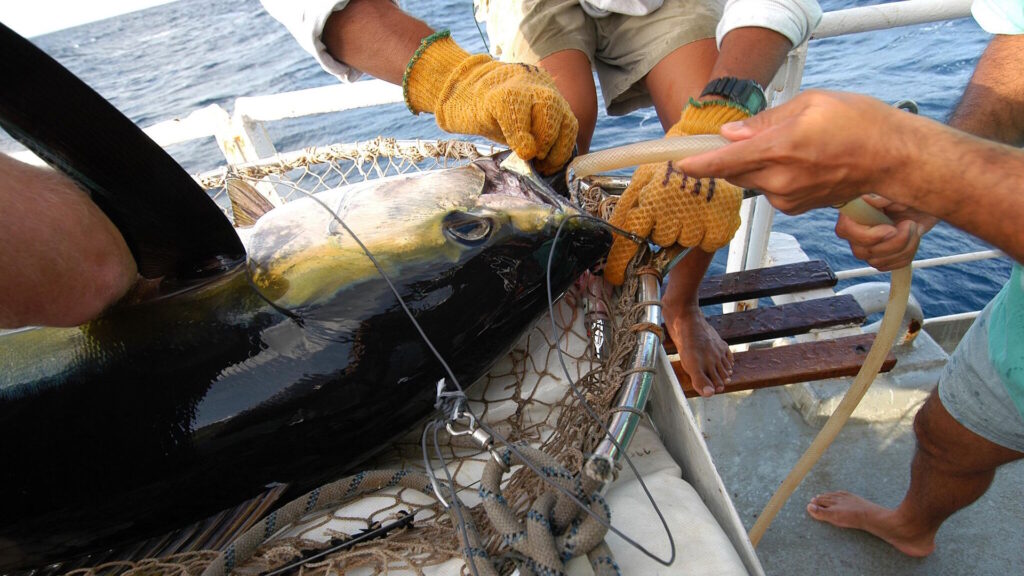
Modern offshore fishing regulations increasingly incorporate technology for both enforcement and data collection purposes. Electronic reporting through smartphone apps has become mandatory in many fisheries, particularly for highly migratory species like tuna and billfish, requiring anglers to log their catches within specified timeframes, usually 24 hours. Vessel Monitoring Systems (VMS) are required for certain permit holders, particularly in commercial fisheries but increasingly for some recreational permits as well, allowing authorities to track fishing locations and ensure vessels aren’t entering prohibited areas. Circle hook requirements have evolved based on scientific studies showing significantly higher survival rates for released fish, becoming mandatory in many billfish fisheries and for natural baits in numerous other offshore fisheries. Some regions have implemented electronic fish landing monitoring through designated reporting stations where catches must be brought for verification, particularly for quota-managed species like red snapper in the Gulf of Mexico, ensuring accurate catch accounting against annual limits.
Consequences of Regulatory Violations

Violations of offshore fishing regulations can result in serious consequences that extend far beyond simple fines. Financial penalties vary dramatically by infraction and jurisdiction, ranging from minor citations for accidentally exceeding bag limits to five-figure fines for deliberately harvesting protected species or fishing in closed areas. Gear confiscation is common even for first-time offenders, with enforcement officers having authority to seize not just illegal catch but also fishing equipment, electronics, and in severe cases, even vessels used in committing violations. License suspensions or revocations can sideline anglers for extended periods—in many jurisdictions, serious or repeat violations can result in lifetime bans from certain fisheries or fishing activities altogether. Criminal charges apply to the most severe violations, particularly those involving protected species or fraudulent reporting, potentially resulting in jail time and creating permanent records that can affect future employment and privileges. Many jurisdictions have implemented point systems similar to driving violations, where multiple minor infractions accumulate points that eventually trigger automatic license suspensions.
Resources for Staying Informed About Changes
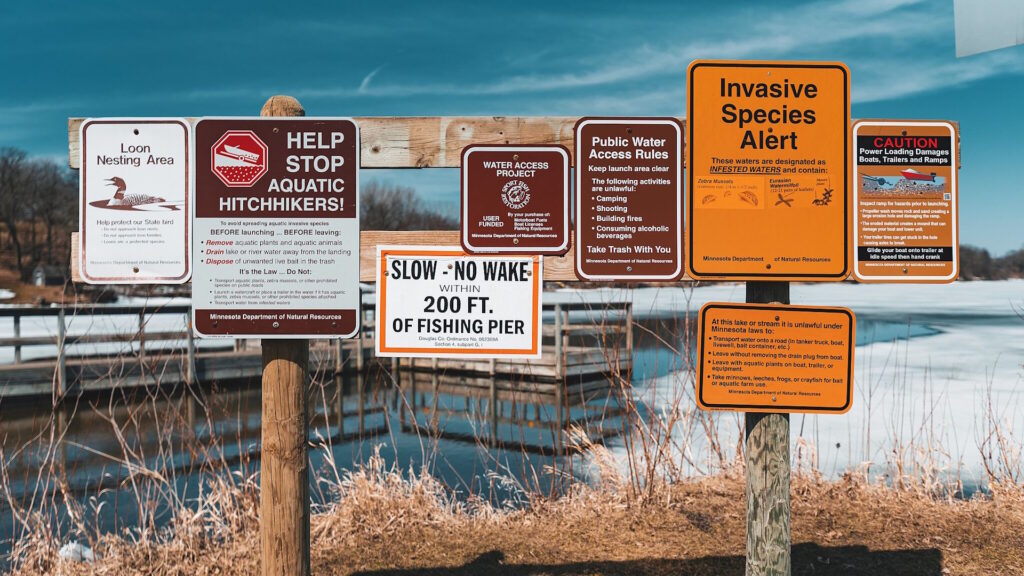
Given the dynamic nature of fisheries management, staying informed about regulatory changes requires diligence and access to reliable resources. Official state wildlife agency websites represent the most authoritative sources, with many now offering email or text alert systems that notify anglers of emergency closures or regulation changes. Mobile apps dedicated to fishing regulations have proliferated in recent years, with features like GPS-based rule identification that automatically displays regulations for your current location, though users should verify these are officially endorsed by management agencies. Annual regulation guides published by state agencies provide comprehensive overviews, but anglers should recognize these printed materials can become outdated as emergency rules are implemented throughout the season. Local tackle shops and fishing guides often serve as valuable information hubs, frequently receiving direct updates from management agencies and maintaining current knowledge of local regulations. National Marine Fisheries Service (NMFS) hotlines provide 24-hour access to current regulations for federally managed species, particularly important for highly migratory species with dynamic quotas and season dates.
Conclusion

Navigating offshore fishing regulations requires dedication and ongoing education, but the reward is the preservation of our marine resources for future generations. By understanding the rules specific to your region, staying informed about changes, and practicing responsible angling, you contribute to the sustainability of these precious fisheries. Remember that these regulations, though sometimes frustrating, are based on scientific assessments designed to protect fish populations while maintaining recreational access. As conservation-minded anglers, our compliance not only keeps us on the right side of the law but also demonstrates our commitment to being responsible stewards of the ocean’s bounty. Whether you’re dropping lines in the Gulf, trolling the Atlantic, or exploring Pacific depths, responsible fishing starts with knowing—and following—the rules that govern our shared marine resources.
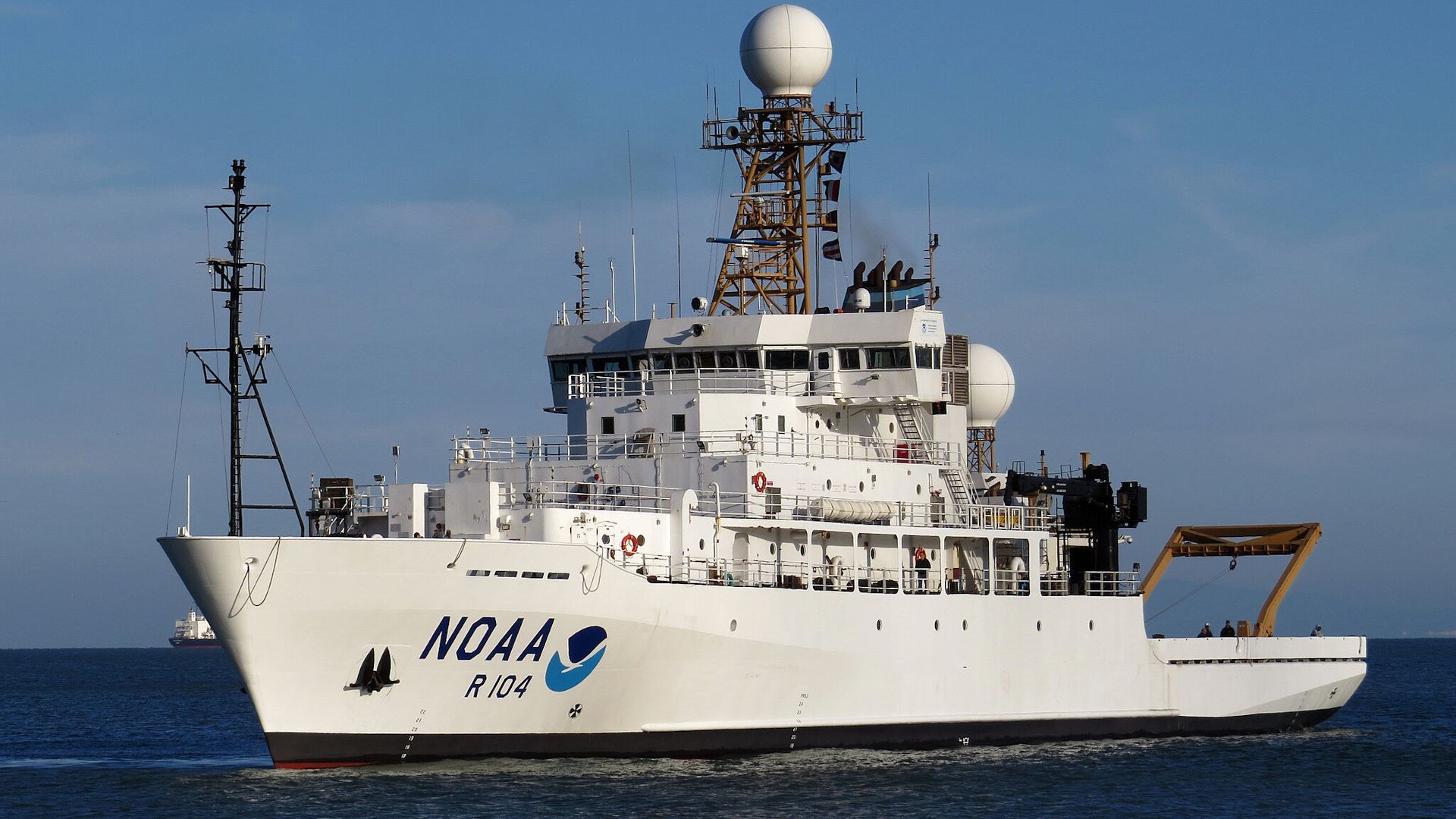













Post Comment